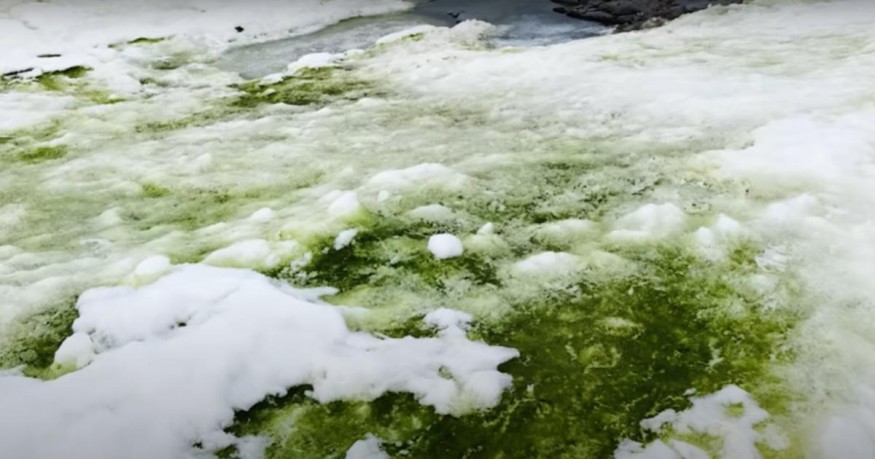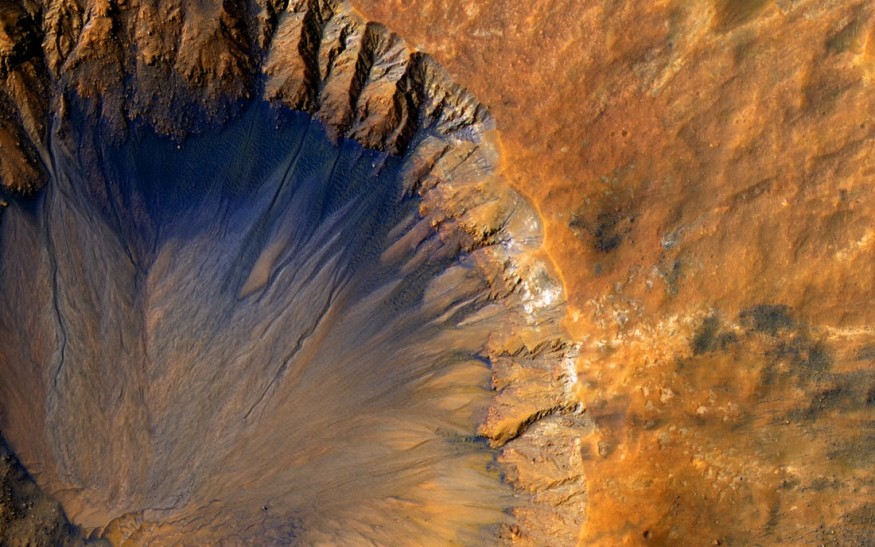A serious blue-green algae warning for Lake Tuggeranong, Australia's Lake Burley Griffin, was raised.
Canberrans were told to stop swimming in two of the favorite lakes in the area. But, shocking discoveries were made that links the said algae in the attempt to make Mars habitable.

Algae in Canberra
Access Canberra released an extreme warning for blue-green algae in Lake Tuggeranong. Simultaneously, in a water safety survey conducted on February 1, the National Capital Authority discovered water in Lake Burley Griffin was contaminated by blue-green algae.

Because of the possible harmful effects of the algae, Various areas along with Lake Burley Griffin, such as Lotus Bay, have been warned by Swim Guide to be dangerous to swim in.
Swimming and swimming have been forbidden at Lake Tuggeranong. These are known as recreation in primary touch, which entails practices where the whole body is in contact with water or where the head is immersed in water.
However dangerous as they may be, the same kind of algae might just be the way to make Mars habitable.
Living in Mars
When it comes to being habitable, Mars does not have much going on at the time, but the dusty red planet may not be as inhospitable as it looks.
New studies have shown that cyanobacteria (aka blue-green algae) can successfully evolve in Martian atmospheric conditions.
"Cyanobacteria maintained their capacity to thrive in water containing only Mars-like dust under these conditions and could also be used for feeding other microbes. This could help make it sustainable for long-term missions to Mars," EurekAlert reported.
Cyanobacteria here on Earth are not necessarily the most compliant with other organisms. In nearly any ecosystem on the planet, it can be found and even develops potent toxins that can kill other species.
Algae's Correlation With Habitation
Yet without it, we may not be here. Scientists agree that our breathable atmosphere was primarily responsible for a cyanobacterial boom 2.4 billion years ago. Cyanobacteria poured oxygen into the atmosphere as it erupted into the scene, drastically altering the whole world.
"We demonstrate here that cyanobacteria can use gases present in the Martian atmosphere as their source of carbon and nitrogen at low total pressure," said astrobiologist Cyprien Verseux of the University of Bremen, Germany.
As a photosynthetic by-product, all cyanobacteria species produce oxygen and are an invaluable supply of it, still today.
Scientists have been considering for several years whether and how they could exploit cyanobacteria's potential to generate oxygen to survive on Mars (and in space).
This will have added advantages. The atmosphere of Mars consists primarily of carbon dioxide (95 percent) and nitrogen (3 percent), both fixed by cyanobacteria and converted into organic compounds and nutrients.
Mars' air pressure, though, is a major setback. It's just 1 percent of the Earth's air pressure, too low for liquid water to be present, and cyanobacteria can't expand or absorb nitrogen sufficiently directly through it. But it is also difficult to recreate the conditions of the earth's atmosphere on Mars, particularly the pressure.
Bioreactor
So Verseux looked for a middle ground with his staff. They created a bioreactor called Atmos that uses just what can be found on Mars, but in reversed proportions: 96 percent nitrogen and 4 percent carbon dioxide, which has an ambient pressure of about 10 percent of Earth's.

Water - which can be collected from melting ice on Mars, which is available on the surface in some areas - was also used in the bioreactor, and a Martian regolith simulant, a mixture of minerals produced here Earth using only what can be found on Mars.
The network was closely temperature- and pressure-controlled and regulated at all times, containing nine glass-and-steel vessels.
The team chose a species of nitrogen-fixing cyanobacteria, Anabaena sp. PCC 7938, which preliminary testing found to be most likely to survive under these conditions, tested it under a range of conditions.
Atmos was developed to assess whether cyanobacteria could be grown under such atmospheric conditions, not to optimize performance, and several variables in the Mars mission, including the mission payload and architecture, would rely on the parameters of the bioreactor. The right cyanobacteria for the job might not even be Anabaena.
Real Life Application

However, now that the theory has been proven, the team will get to work optimizing a bioreactor device to keep humanity alive on Mars one day.
"Our bioreactor, Atmos, is not the method of agriculture we will use on Mars: it is intended to assess the conditions we will have there on Earth," said Verseux.
"But our observations will help direct the design of the Martian method of cultivation... We want to go from this proof-of-concept to a device which can be successfully used on Mars."
For more news updates about the world of microscopic biology, don't forget to follow Nature World News
© 2026 NatureWorldNews.com All rights reserved. Do not reproduce without permission.





